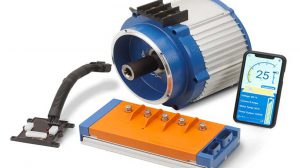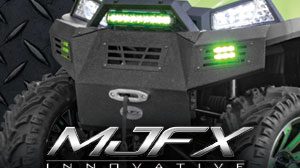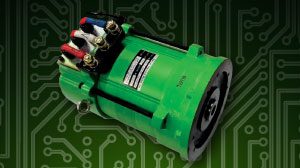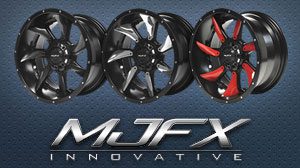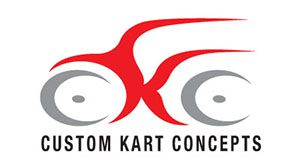By James Seargent
You’re late! You awoke just in time to get dressed and grab your favorite coffee mug before running to the door. As you reach for that diamond-shaped hook configuration of keys hanging near the door, your phone suggests the two fastest routes to your meeting. You glance down to see a delay caused by a traffic accident on the highway. Then with one swipe across your device, you see that the LSV (low-speed vehicle) path is clear with no interruptions. You can also see that your LSV is fully charged. Leaving behind the automobile fobs, you grab the key to your LSV – then off to the races.
As this scenario seems to mirror the life of George Jetson, the reality is, it could be seen by 2020. As a dealer, you may ask yourself, “How am I running my business today to service the LSVs of tomorrow?”
Evolution of the Industry
As the battle for future modes of transportation has been mostly focused on buzz words such as ‘gas,’ ‘hybrid,’ ‘electric,’ and ‘autonomous’ relating to the automobile, one may ask, “Why does the battle have to be with an automobile?” The evolution of the golf car industry stands to put a shock to the automobile industry as if it were a six-mile-wide asteroid hitting the earth. Only in this scenario, low automobile sales could drive automobile manufacturers to question the amount of open dealerships to keep on the books.
China and the United States are a good example of how the golf car market is gaining rapid growth. China has placed over 200,000 LSVs on the road. With over 600 million people in China’s countryside, this figure stands to be just the beginning.
In 2016, there were 268 million registered automobiles in the United States. With the increasing development of planned communities promoting cart paths, new EV-friendly college campuses and cities beginning to charge congestion tax, it is realistic to think that by 2025, 10% of U.S. vehicle transportation could be registered LSVs. With 260,000 more LSVs running about, there is sure to be an increase in demand for repairs and replacement parts.
 Preparing Your Facility
Preparing Your Facility
As the automotive repair industry has evolved from requiring tools like basic socket sets and wrenches to only needing a hand-held computer, the golf car industry may do the same. Let’s face it, most of the beach-goers, retirees and weekend warriors that use a golf car as transportation today may not care to know how their golf car works. They are more concerned that their carts do what they want them to do. It is the dealer’s place to make sure the golf car is in tip-top shape.
The regulations for driving a golf car on the road throughout the United States may vary from county to county. As this recreational vehicle transforms into a necessary mode of transportation, we are sure to see regulations become more consistent and stringent. With this shift in the industry, we will see a drive in demand for more technicians with skills to service a more complex vehicle.
We will see electronics that focus on safety components such as backup cameras as early as 2018 per NHTSA.
Another safety advancement we may see is gas-emitting devices (pretensioners) in all seat belts. These pretensioners remove slack between the passenger and the seat belt by recoiling a bit at impact. This slack allows for the passenger to be secured in their seat more effectively. Being able to test, mount and diagnose this type of system may require a higher level of sophistication and tools on the behalf of the dealer.
For today, the customer base for the current recreational golf car market has not matured to the numbers that may encroach on the transportation demand of an automobile in the United States. However, with the golf car industry having the ability to escalate in technology at a rapid pace, as a dealer, you may want to start preparing your business today to service the LSVs of tomorrow. ❂







